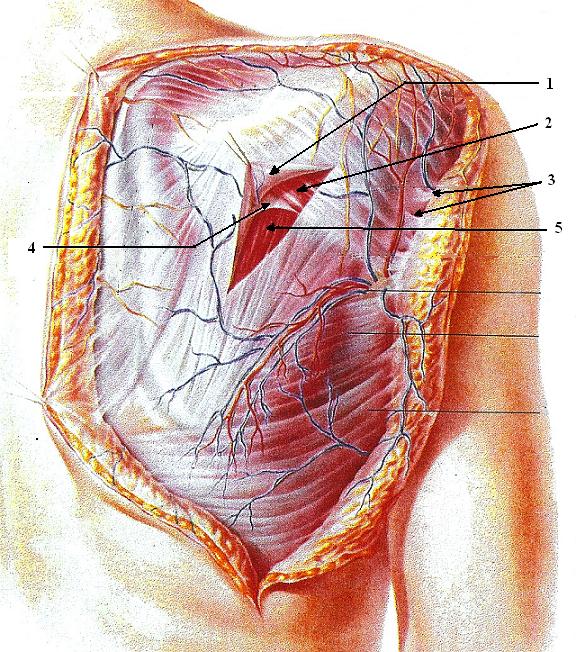A few Friday’s ago, I mentioned that I take my foam roller with me everywhere and have multiple rollers stashed in my house and car. The reason for keeping a roller with me at all times is for the fact that it really helps relieve my aches and pains, especially after sitting for extended periods of time or after a grueling leg workout. When packing the roller around the gym, I often get asked about it and what it does, why I do it, and where to get one.
 |
| Fascia (the white tissue) |
As you can see, fascia is critical in supporting and allowing our bodies to properly function. Healthy fascia is very pliable, stretching and moving without restriction. When fascia is unhealthy due to poor nutrition, physical trauma, stress, inflammation or scarring, the fascia loses suppleness and becomes tight, tense, and restricted, causing a lot of pain, irritability and may severely limit movement and physical function. If you have ever experienced issues with your fascia, you know what I am talking about! It is extremely uncomfortable and painful to deal with. Luckily, there are several things you can do to keep your fascia healthy!

Foam rolling is a great way to get started on a path to healthy fascia! Other options include ART (active release therapy), ROLF (a form of myofascial work), massage and physical therapy. Why foam roll? Self-myofascial release can help relieve pain that only you can feel, improve blood flow to the tissue and ultimately enhance performance by breaking up those trigger points (knots) that form on the muscles. The most common areas to roll are your IT bands, hips, glutes, quads, and hamstrings. Areas that cause pain, are tight or overused are good areas to focus on. For example, if you are a runner, your IT bands probably could use some foam TLC.
To properly foam roll, apply enough pressure to a specific muscle using your body weight. Always roll slowly and when you find a trigger spot (area that really hurts), you should pause and breathe into it, concentrating on relaxing as much as you can. If you find that an area is too painful to roll, administer pressure by shifting your weight and working the surrounding areas. I can’t promise it won’t hurt (because more than likely it will!) but I can promise that over time, you will feel much better after rolling and almost crave it (okay maybe not to that extent).
I found this chart HERE that does an excellent job of taking you through the movements for your lower body. You can search for foam rolling techniques and will find that that is plenty of information available.
You can purchase rollers online (amazon, powersystems.com, ebay), at any sporting goods store or stores such as Target and Fred Meyers. If you would like more information, just let me know! I would be happy to provide you with more :)
Take care of you,
J

Thanks for this post. It's motivating me to get better at it, especially after leg day.
ReplyDelete